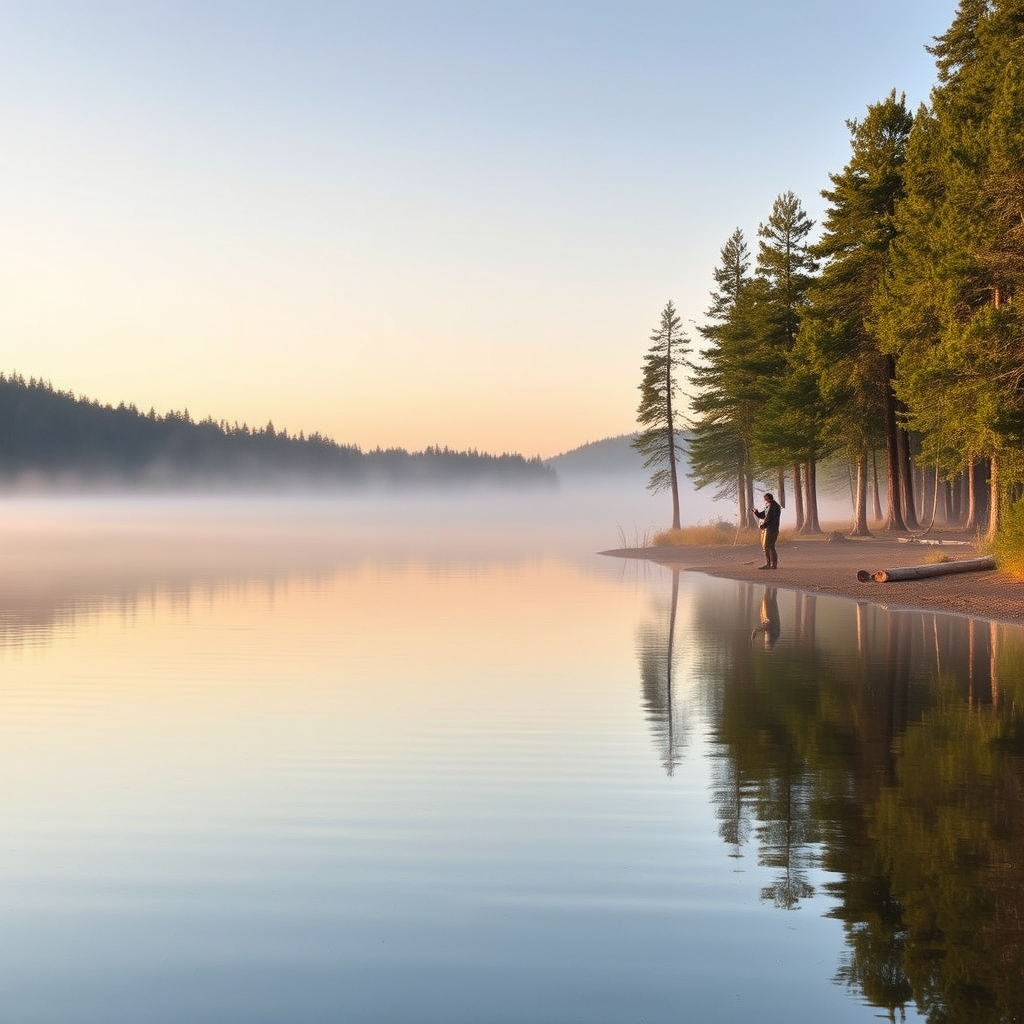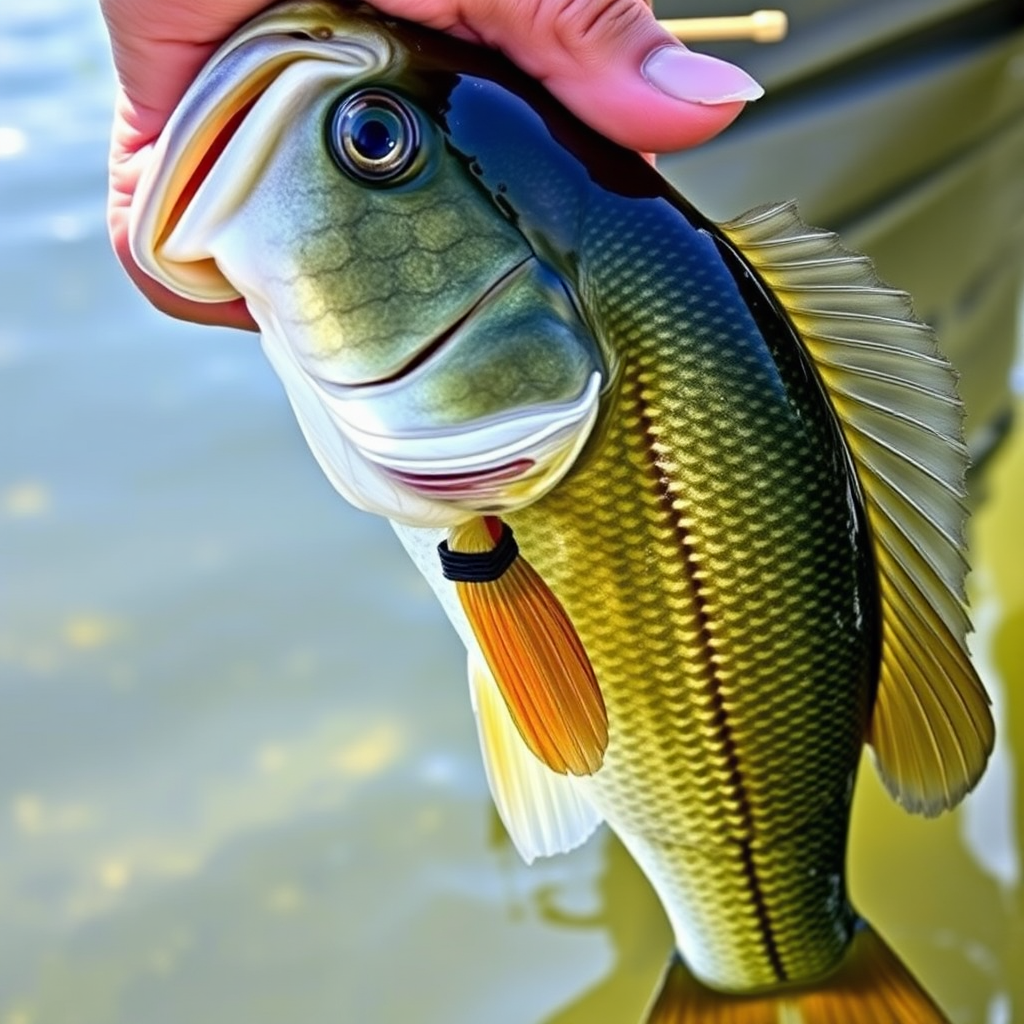Best Freshwater Fish Species for Beginners
Published on November 15, 2024
Starting your freshwater fishing journey can feel overwhelming with so many species to choose from. This comprehensive guide will introduce you to the most beginner-friendly fish that offer great action, are relatively easy to catch, and can be found in waters across the country.

Largemouth Bass: The Perfect Starting Point
Largemouth bass are arguably the best fish for beginners to target. These aggressive predators are found in virtually every state and provide exciting fights that will keep you coming back for more. Bass are forgiving fish that will strike a variety of lures and baits, making them perfect for learning different techniques.
Habitat Preferences
- Shallow coves and bays
- Areas with vegetation or structure
- Downed trees and rocky points
- Water temperatures 60-75°F
Best Techniques
- Plastic worms (Texas rigged)
- Spinnerbaits around cover
- Topwater lures at dawn/dusk
- Crankbaits along drop-offs
The key to bass fishing success is understanding their feeding patterns. During spring, bass move shallow to spawn, making them easier to locate. Summer finds them in deeper, cooler water during the day, while fall brings aggressive feeding as they prepare for winter.

Rainbow Trout: Stream Fishing Excellence
Rainbow trout offer an excellent introduction to stream fishing and are widely stocked in rivers and lakes across the country. These beautiful fish are known for their acrobatic fights and willingness to take both natural baits and artificial lures. Trout fishing teaches patience and finesse, skills that will serve you well throughout your angling career.
Trout Fishing Essentials
Water Conditions
Cool, well-oxygenated water below 70°F with good current flow
Best Baits
PowerBait, worms, salmon eggs, small spinners, and flies
Prime Times
Early morning, late evening, and overcast days
When targeting trout, focus on areas where fast water meets slow water, such as pools below riffles or eddies behind rocks. These transition zones concentrate food and provide comfortable holding spots for trout. Light tackle is essential – use 4-6 pound test line and small hooks to avoid spooking these wary fish.
Panfish: Action-Packed Fun
Panfish, including bluegill, crappie, and sunfish, are perfect for beginners because they're abundant, aggressive, and provide constant action. These smaller fish are excellent for learning basic fishing skills and are often the first fish many anglers catch. They're also delicious table fare, making them doubly rewarding to target.
Bluegill Basics
Found in shallow, weedy areas during spring spawning. Use small hooks with worms, crickets, or tiny jigs. Look for circular beds in sandy or gravel areas.
Crappie Techniques
School fish that suspend around structure. Use small jigs or minnows under a bobber. Fish slowly and vertically around brush piles and docks.
The beauty of panfish is their predictability. During spring, they move shallow to spawn and become very aggressive, protecting their nests from any intruders. This makes them easy to locate and catch, providing excellent opportunities to practice your hook-setting and fish-fighting skills.

Essential Tips for Success
Timing Matters
Fish are most active during low-light periods. Plan your trips for early morning or late evening when water temperatures are cooler and fish are feeding actively.
Location Scouting
Look for structure like fallen trees, weed beds, and drop-offs. Fish use these areas for shelter and ambush points. Start shallow and work your way deeper.
Weather Awareness
Overcast days often produce better fishing as fish feel more secure. Avoid fishing during extreme weather conditions or when barometric pressure is rapidly changing.
Keep It Simple
Start with basic tackle and techniques. Master the fundamentals before investing in expensive gear. A simple rod, reel, and basic tackle box will catch plenty of fish.
Building Your Foundation
Success in freshwater fishing comes from understanding fish behavior, learning to read water, and developing patience. These three species – bass, trout, and panfish – will teach you different aspects of angling while providing plenty of action to keep you motivated.
Remember that every expert angler started as a beginner. Don't be discouraged by slow days or missed fish – they're all part of the learning process. Focus on enjoying your time on the water, observing nature, and gradually building your skills. The knowledge you gain targeting these beginner-friendly species will serve as the foundation for a lifetime of fishing adventures.
Ready to Start Your Fishing Journey?
These three species offer the perfect introduction to freshwater fishing. Start with the one that's most abundant in your local waters, master the basics, and then expand your horizons. Remember, the best fishing trip is the one where you learn something new, regardless of how many fish you catch.